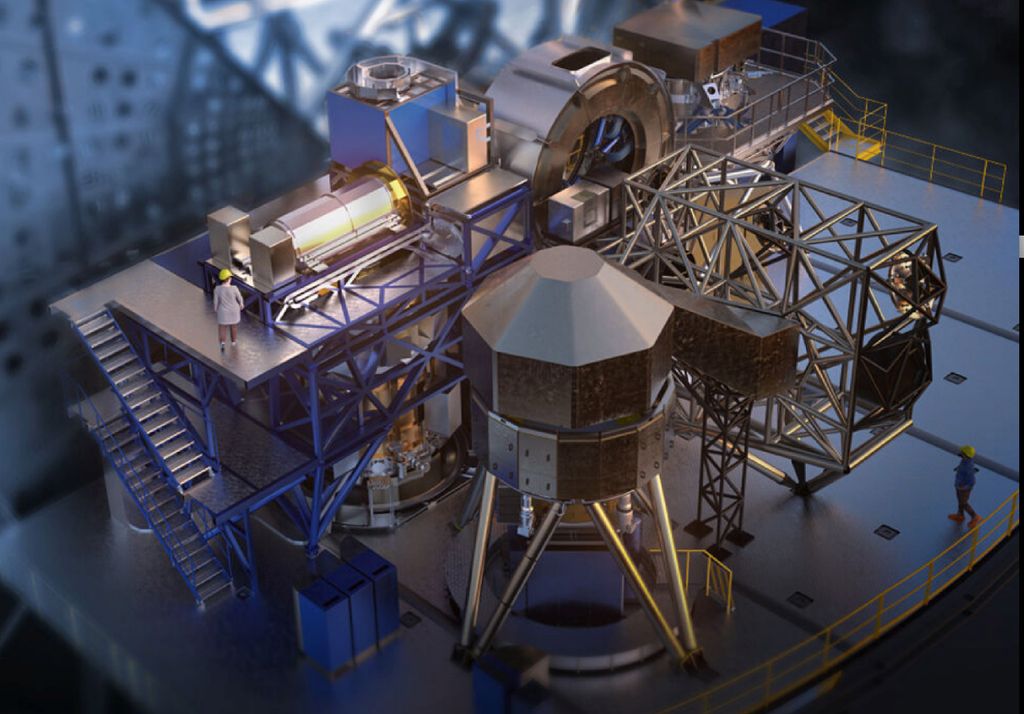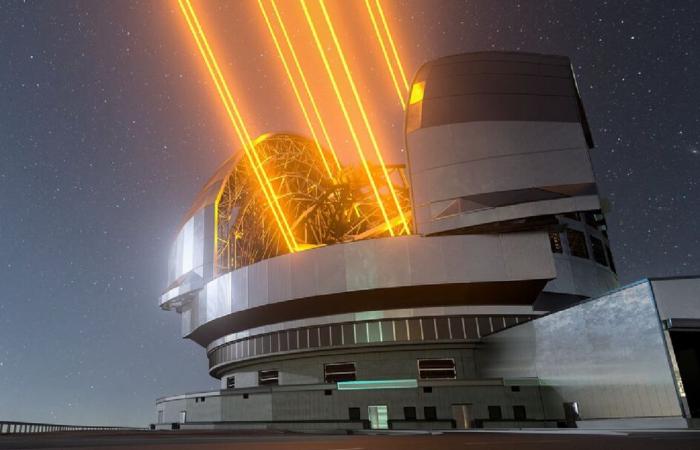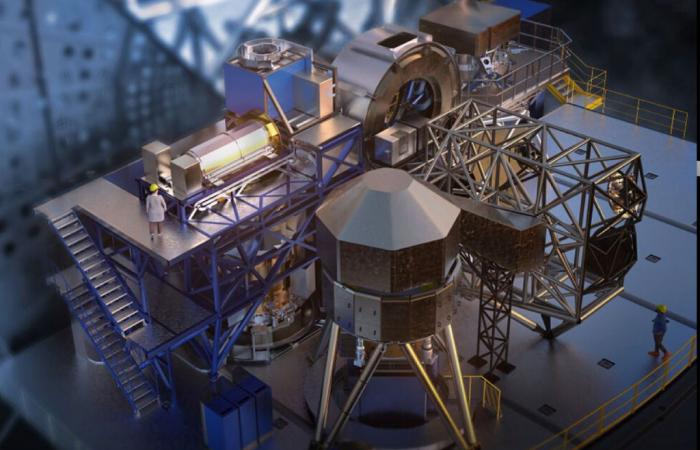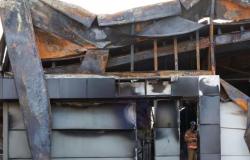Manufacturing work on what will be the largest telescope ever built is progressing at high speed. This is not a “big” telescope, but an “extremely large” one. In fact, its name is Extremely Large Telescope, abbreviated ELT.
Construction progresses on several fronts
First of all, the construction of the dome that will house the telescope is in an advanced stage. Every telescope needs a structure that protects it from atmospheric agents. In the case of the ELT it is a circular base structure with a diameter of approximately 90 meters (a little less than the length of a football stadium) and a height of approximately 80 meters (almost as tall as a 30-story building).
The site where ELT is being built is Cerro Armazones, in the Chilean Atacama Desert, approximately 3,600 meters above sea level.
Construction of the primary mirror is also underway, whose function is to collect as much light as possible from the astronomical objects that you will observe. This mirror will be composed of 798 hexagonal mirrors approximately 1.4 meters wide each, Once assembled, they will form a single mirror 39 meters in diameter.
The telescope mount is being built, whose function is to support the mirror and allow its movement so that it can point to different areas of the sky.
But a very important part is the instrumentation that will adequately record the light collected by the telescope both to obtain images of the astronomical objects observed – the cameras of image- as to analyze the spectral components of the radiation -the spectrographs-.
In the specific case of the ELT, there will be 6 instruments mounted behind the telescope, true technological gems.
The ANDES spectrograph
One of these ELT instruments will be called ANDESacronym for ArmazoNes High Dispersion Echelle Spectrograph.

ANDES is therefore a spectrograph whose function is to separate the radiation coming from an astronomical object into its different spectral components.. The technique used for dispersion will be “echelle” .
Unlike the classic prism in which the separation of light into its different colors is produced by crossing and subsequent refraction, the Echelle grating, extremely more powerful, is characterized by microscopic grooves that reflect the light of the astronomical object at different angles (collection of the mirror) separate it into its different wavelengths, producing a high-resolution spectrum.
ANDES will be able to obtain spectra in the visible and near infrared bands, From whose analysis it will be possible to study characteristics, such as the chemical composition, of a wide variety of astronomical objects.
It will be used to monitor the atmospheres of Earth-like exoplanets for signs of life. It will be used to look for the first stars, the famous Population III stars that, according to models, should be composed only of hydrogen and helium; as well as test variations in the fundamental constants of physics and measure the acceleration of the expansion of the universe.
The ANDES consortium
Tools like ANDES require the creation of large international collaborations. In fact, an international consortium has been created in which research institutes from 13 different countries: 10 Europeans and 3 foreigners (USA, Canada, Brazil).
On June 5, the agreement was signed between Xavier Barcons, general director of the European Southern Observatory (an organization of which ELT is a part), and Roberto Ragazzoni, president of the National Institute of Astrophysics, the leading institute of the ANDES consortium.

With this agreement, ESO officially commissions the consortium to create this instrument.
“ANDES will be an instrument with enormous potential to make revolutionary scientific discoveries, which can profoundly influence our perception of the universe far beyond the small community of scientists,” says Alessandro Marconi, principal investigator of the instrument.
The start of ELT scientific activity is scheduled for 2028.










